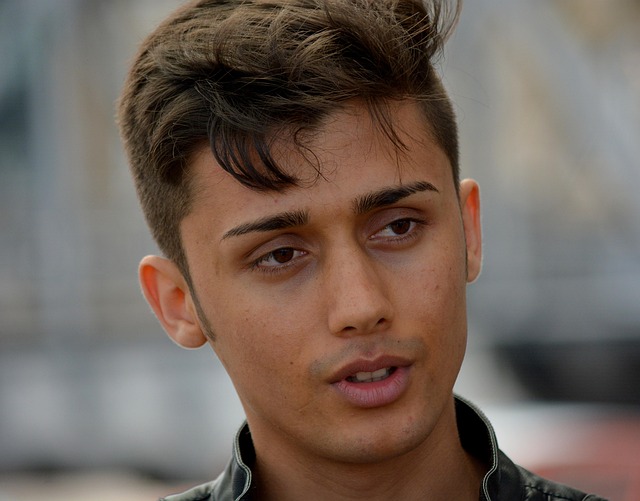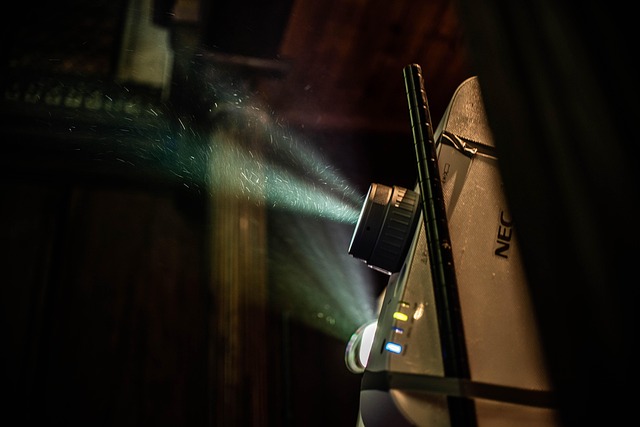
The Evolution of the Protagonist: A Cultural Reflection in Modern Cinema
The protagonist has always been a crucial part of storytelling, acting as the lens through which we experience the diverse narratives of life. In modern cinema, the evolution of the protagonist reflects broader cultural shifts, encapsulating the changing values, struggles, and aspirations of society. This development is not just a matter of character arcs; it is a mirror held up to the various elements of modern entertainment and cultural contexts.
In the past, protagonists were often archetypes—heroes whose qualities were easily identifiable, displaying bravery, honor, and moral clarity. However, as the world became increasingly complex, so too did our protagonists. Today, they often embody ambiguity, multifaceted qualities that resonate with the viewer’s personal experiences and struggles. Characters like those seen in films such as Parasite” or “Joker” showcase the blurred lines between good and evil, provoking audiences to question societal norms.
This evolution can be seen as a direct result of cultural shifts. Society is now more aware of issues like mental health, identity, and social justice. Consequently, modern protagonists are often individuals grappling with these themes. This complexity invites viewers to engage with their own realities, creating a powerful connection between audience and screen. Films such as “Lady Bird” and “Moonlight” feature protagonists who navigate through diverse and often conflicting cultural landscapes, highlighting the varying dimensions of contemporary life.
Moreover, the rise of streaming platforms has drastically altered the landscape of modern entertainment, allowing for a wider variety of stories to be told. Traditional movie theaters were once the exclusive venues for blockbuster films, but today audiences can access myriad films that explore unconventional themes and diverse narratives from the comfort of their homes. This accessibility encourages the development of more relatable protagonists, drawing in viewers from diverse backgrounds. The success of series like “The Queen’s Gambit” or “Euphoria” highlights how layered characters can foster discussions about identity, ambition, and the challenges faced in modern society.
In addition, the globalization of cinema has introduced audiences to protagonists from various cultures, enriching the storytelling tapestry. Characters like those in “Crouching Tiger, Hidden Dragon” or “Roma” provide insights into cultural practices and challenges that may be foreign yet relatable. By featuring such protagonists, filmmakers are not only telling stories but also fostering empathy and understanding among international audiences.
Ultimately, the evolution of the protagonist in modern cinema is a testament to our changing culture. These characters invite us to reflect on our own lives and the societal constructs that shape our experiences. Protagonists today are more than just characters; they are symbols of the human condition, grappling with personal and societal challenges. Whether through epic journeys or intimate portrayals, they speak to our desires, fears, and hopes, keeping us engaged in a continuous dialogue about who we are as individuals and as a collective society.


